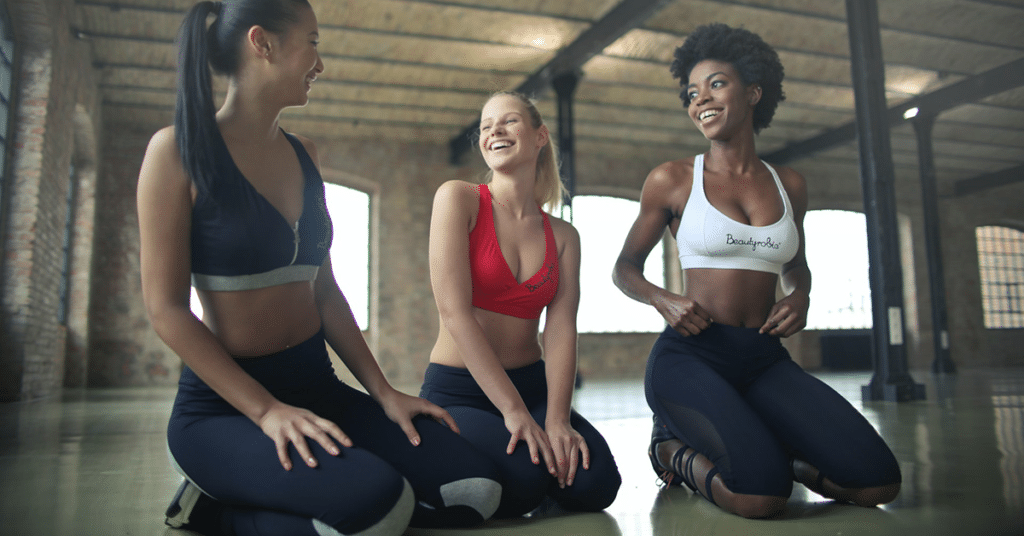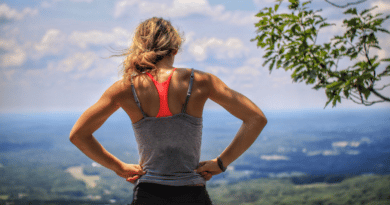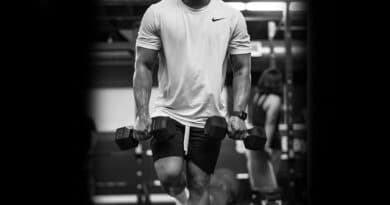Nordic Curls Best Guide – Benefits, Muscles Worked and Technique
This extensive guide will teach you everything you need to know about the highly effective, yet exceptionally underrated Nordic Curls exercise.
Nordic Curls are also known as Nordic Hamstring Curls, Nordic Ham Curls and Inverse Leg Curl.
What are Nordic Curls?
Nordic Curls are a kneeling, lower body exercise that utilises a hinging bodyweight movement to activate, test and strengthen the hamstring muscle groups.
- What are Nordic Curls?
- What Muscles Do Nordic Curls Work?
- What are the Benefits of Doing Nordic Curls?
- How to Do Nordic Curls with Perfect Form
- Important Nordic Curl Training Tips
- Nordic Hamstring Curl vs. Glute-Ham Raise: What’s the Difference?
- Nordic Curl Variations
- Nordic Curl Alternatives
- Nordic Curls Common Mistakes
- Frequently Asked Questions
- Learn More
What Muscles Do Nordic Curls Work?
The primary focus is on the hamstrings, however there are many other ancillary muscle groups that are also improved by this exercise.
Hamstrings
The hamstrings are a large muscle group that are located on the back of the upper legs and are an important component of the posterior chain.
They consist of three muscles:
Biceps femoris – enables knee flexion and rotation and contributes to hip extension
Semimembranosus – the largest hamstring muscle, this is responsible for flexion and extension of the thigh and rotation of the tibia
Semitendinosus – The longest hamstring muscle, this assists with knee flexion, rotation of the tibia and extension of the thigh
These three muscles cross the knee and hip joints except the short head of the biceps femoris as it only crosses the knee joint.
The hamstrings are hugely important for enabling the body to bend at the pelvis, walk, run and jump.
Glutes
The glutes are also activated during Nordic Curls. They also consist of three different muscles.
Gluteus maximus – the largest of the three, it works in coordination with the hamstrings to extend and externally rotate the thigh and maintain the body in an upright posture.
Gluteus medius – lateral hip muscle that assists with stability of the pelvis and lower limb functionality
Gluteus minimus – lateral hip muscle that assists with stability of the pelvis and lower limb functionality
Spinal Erectors
These important core muscles run up the spine on both sides to protect, stabilise and extend the vertebral column.
What are the Benefits of Doing Nordic Curls?
There are multiple benefits to performing this exercise.
Build Muscle
Nordic Curls are a great lower body exercise to program into hypertrophy programs. They stimulate muscle growth and are effective at maximizing the effectiveness of the “lowering” portion of the movement to maximise time under tension.
If you want to build more muscle for your legs, this a good movement to consider adding into your training.
Build Strength
They are one of the best exercises to isolate the hamstrings and specifically make them stronger.
Other major posterior chain exercises such as Stiff Leg Deadlifts also target the hamstrings, but are trickier to feel only the activation of the hamstrings alone. Nordic Curls are an excellent solution.
Lessen the Risk of Injury
The movement is an effective way to decrease the risk of hamstring injury.
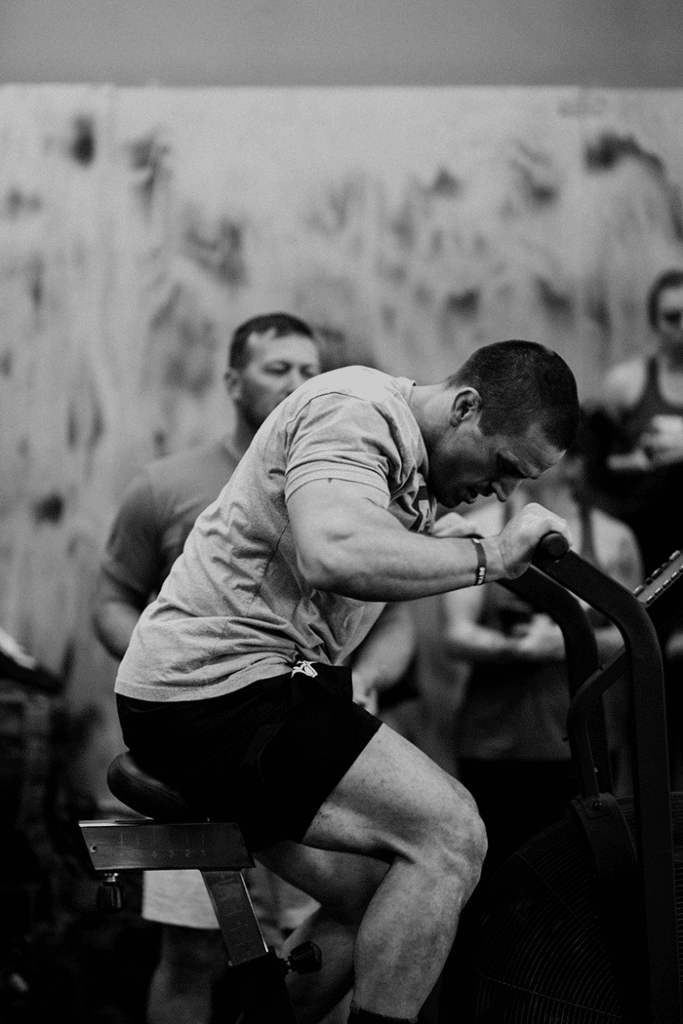
It can enhance mobility around the knee joint and activate the knee flexor muscles, both of which are intelligent ways to build a stronger and more injury resistance lower body.
Easily Adapted to Any Training Ability Level
The movement can easily be scaled both up and down to make it harder and easier.
Bands, ropes or a spotter can be used to hold onto during the descent and ascent (to make it easier) or weights and slower tempos can be added (to make it more difficult).
Improve Performance for Other Exercises
Stronger hamstrings will help with Deadlifting, Squatting, Jumping, Running and generating power.
How to Do Nordic Curls with Perfect Form
Follow these instructions to complete the exercise with perfect form.
The end goal is to complete the exercise without the use of the hands in any way.
You can perform the exercise with a machine, by having a partner hold your ankles or by setting a smith machine barbell to the lowest setting and wedging your feet underneath.
- Place your knees on a pad and lock your ankles in place using one of the above methods
- Feet and ankles in line with the knees. Shoulders over hips. Head in neutral position
- Place your arms by your side and tuck the pelvis slightly
- Inhale and brace the core, glutes and hamstrings
- Slowly lower the body towards the floor. Maintain a neutral, straight spine
- Go as low as you can using only the upper legs
- You can place your hands on the floor to catch yourself and lower the rest of the way down
- Squeeze the hamstrings and lift the body slowly back to the starting position. Use your hands to push yourself away from the floor if you need to
- Finish the rep with a vertical straight line of head, shoulders, hips and knees
- Exhale
- Repeat for the desired number of reps
Important Nordic Curl Training Tips
Dorsiflex the feet. This means to create a right angle between the feet and shin bones. This will create optimal stretching of the hamstrings and maximise the effect of the exercise.
Try to avoid plantarflexion (pointing the toes away from the shins in a straight line).
A good tip to enable this position of the feet is to place a foam roller under the shins.
Control the eccentric (negative) part of the exercise as much as possible. Go slow. This will optimise hypertrophy, strength gains and the mind muscle connection.
Bend slightly at hips. An angle of 20 – 30 degrees will provide you with better control.
Nordic Hamstring Curl vs. Glute-Ham Raise: What’s the Difference?
Learn how to easily distinguish between these two exercises, what their differences are and which one is best for your needs at what time.
| Exercise | Nordic Curl | Glute Ham Raise |
|---|---|---|
| Equipment | None needed | GHD Machine needed |
| Range of Motion | Shorter | Longer |
| Difficulty Rating | Harder | Easier |
Nordic Curl Variations
Want to add variety to your hamstring training, try these variations.
Nordic Curl with Barbell (Scaled Up)
Perform the exercise as you normally would, but rack a barbell into the low bar position first. This will increase the difficulty of the exercise as there is more weight to move.
Front Loaded Kettlebell Variation (Scaled Up)
In this exercise you grip a kettlebell as you would in a Goblet Squat.
Complete the exercise as normal but keep the weight pressed to your chest and your spine straight at all times. This anterior loaded variation is for advanced athletes.
Arms Behind the Head (Scaled Up)
This increases the difficulty of the descent and will torch your hamstrings!
Again, this is for more advanced athletes.
Band Assisted Nordic Curl (Scaled Down)
This is a great variation to use when you want to build up strength and are not yet confident with, or ready for, the full exercise.
It is the most popular way to control the descent and get your body used to the feeling of the exercise.
The closer you get to the ground, the more the bands will offer assistance.
Nordic Curl Alternatives
These movements can all be used as alternatives when you cannot, or do not want to, implement traditional Nordic Curls into your training.
- Stability Ball Leg Curl
- Stiff Leg Deadlift
- Deficit Deadlift
- GHR
- Snatch Grip Deadlift
Nordic Curls Common Mistakes
Make sure you aren’t making any of these common mistakes when performing the exercise.
Falling Down Instead of Controlling the Descent
The descent must always be slow and controlled. Don’t simply flop down as this will make you lose many benefits of the exercise.
Not Completing the Full Range of Motion
You must get full knee extension to receive the complete array of benefits from the movement.
Don’t stop short and use a band or your hands to assist you with the parts of the movement that are impossible/difficult.
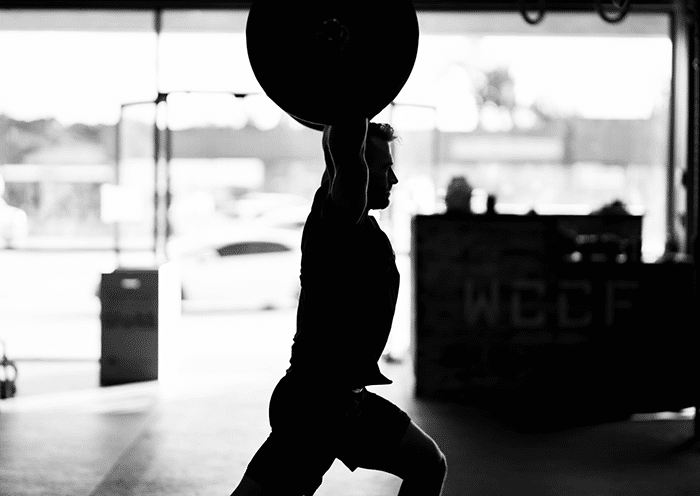
Bending too Much
Don’t lean forward excessively as this will shorten the stretch of the hamstrings.
Anything over 30 – degrees is too much.
Frequently Asked Questions
Still got questions about Nordic Curls? Scroll through to find the answers.
What is the Nordic Ham Curl Good For?
The exercise is an effective way to build lower body strength, muscle coordination and enhance the mind muscle connection.
It will also reduce the risk of injury and improve performance for running, walking, jumping and sprinting.
Who can Benefit from the Nordic Curls?
Anyone who wants to lessen the risk of injuring their hamstrings, or build a stronger lower body, should include this exercise into their training.
The movements excellent effects on running, walking, sprinting and jumping also make it a highly functional and useful exercise for anyone that cares about their general physical health.
Is the Nordic Curl Safe for Everyone?
With proper technique, yes, the exercise is safe for anyone.
If you are new to the exercise then take the time to try it out and progress gradually. Get a partner to help and makes sure to protect your knees by using a pad or cushion on the ground.
If you have any hamstring or back injuries then consult with a qualified professional first.
Are Nordic Curls Bad?
No, they are not bad. Perform them correctly and slowly and you will reap the rewards.
If you like to walk and run, enjoy sports like football (soccer) or want to enhance your physical fitness in general then Nordic Curls are right for you.
Why are Nordic Curls so Hard?
The exercise is hard because it totally isolates the hamstrings and is very difficult to cheat.
The movement works through knee flexion and extension with little or no hip movement.
Learn More
Build your back and arm strength with the Seated Cable Row.

